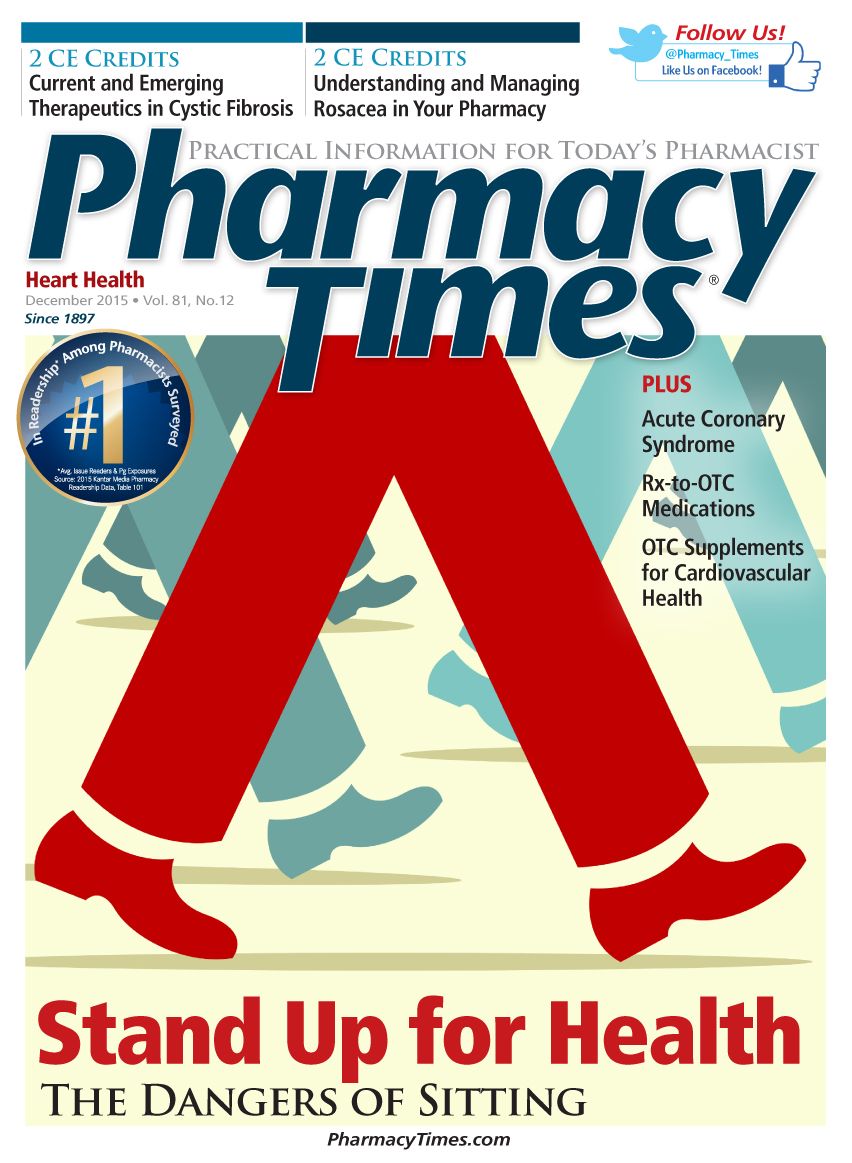Publication
Article
Pharmacy Times
Medication Reconciliation: It's Time
Medication reconciliation is being discussed frequently in the pharmacy literature because it has become an integral part of the care transition process.
Medication reconciliation is being discussed frequently in the pharmacy literature because it has become an integral part of the care transition process. I had the opportunity to experience this process myself when I had a total left knee replacement this fall.
When I went to the hospital for my preoperation review, a pharmacist met with me to review the medications I was taking and to prepare a medication list. During that same visit, the pharmacy director reviewed the list and discussed it with me. She shared with me that her team considers medication reconciliation a priority and an important contribution the pharmacy department makes to the care process.
When I returned a few days later for my surgery, I was interviewed by another pharmacist about my medication use. In the course of my care, I had the opportunity to interact with 3 pharmacists about my medication use, demonstrating to me that at least at this hospital, pharmacists are an integral part of the health care team. I was encouraged about my profession’s future as I witnessed the important role pharmacists are playing.
In 2007, the American Pharmacists Association and the American Society of Health-System Pharmacists developed the following definition for medication reconciliation: “the comprehensive evaluation of a patient’s medication regimen anytime there is a change in therapy in an effort to avoid medication errors such as omissions, duplications, dosing errors, or drug interactions, as well as to observe compliance and adherence patterns. This process should include a comparison of the existing and previous medication regimens and should occur at every transition of care in which new medications are ordered, existing orders are rewritten or adjusted, or if the patient has added nonprescription medications to [his or her] self-care.”
I include this definition to show how comprehensive this process should be and how frequently it may need to occur. This definition suggests that most pharmacists providing direct patient care need to engage in medication reconciliation. Perhaps the definition should be expanded to promote the engagement of community pharmacists in medication reconciliation when a patient’s medication regimen changes. Community pharmacists should pursue this with the same enthusiasm my hospital pharmacists had for managing my drug therapy.
Our profession has demonstrated that pharmacists can consistently and effectively provide medication reconciliation for patients during care transitions by standardizing the delivery of medication therapy management (MTM). Our profession needs to bring MTM to all patients throughout their care process, even when a care transition has not occurred.
I admit that many ambulatory patients may not perceive the value to this activity, although a few enlightened payers do. As community pharmacists begin interacting directly with patients by engaging them in MTM, especially when a new medication is added, we should be able to improve patients’ perception of the value of interacting with a pharmacist. This will require a change in how we practice, but isn’t that the reason we are experiencing health care reform? Patients and payers are saying, “We want you to do things differently to achieve improved outcomes.”
Change is not easy, but unless you are beginning to incorporate medication reconciliation into your practice, you have some quality improvements to make.







